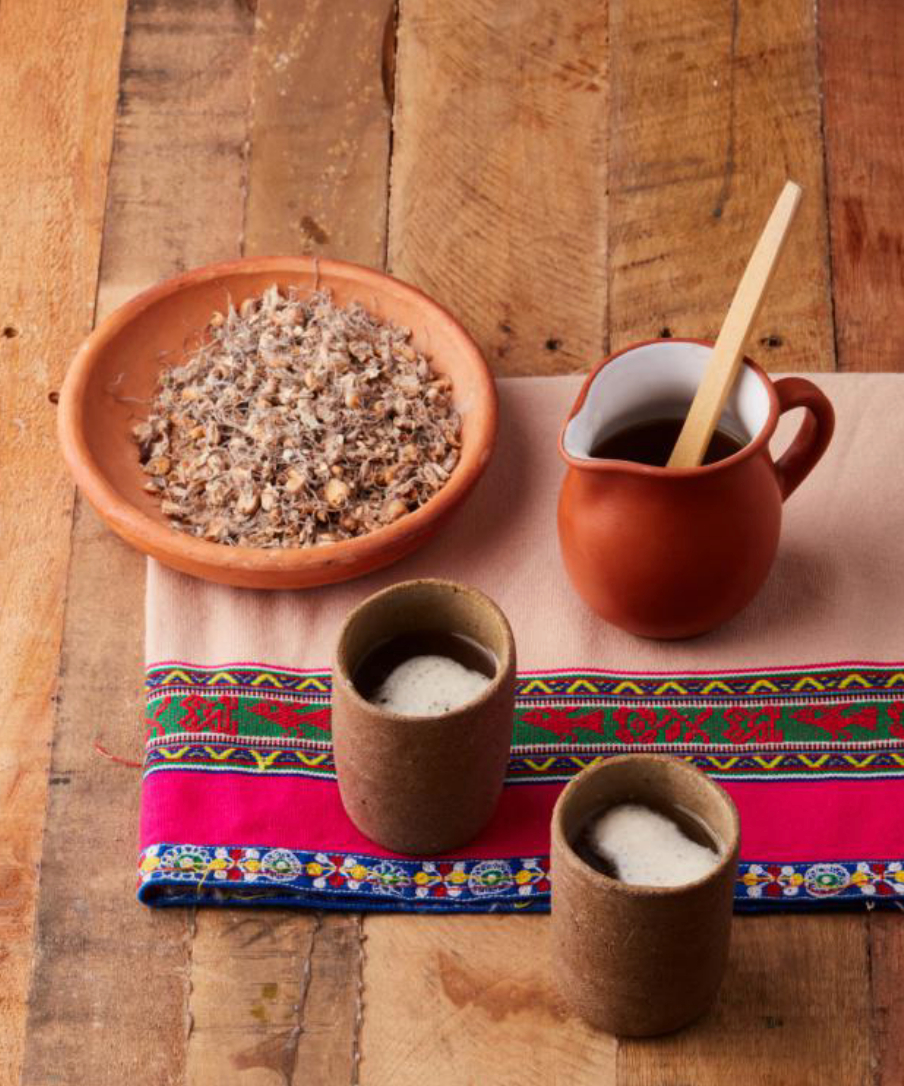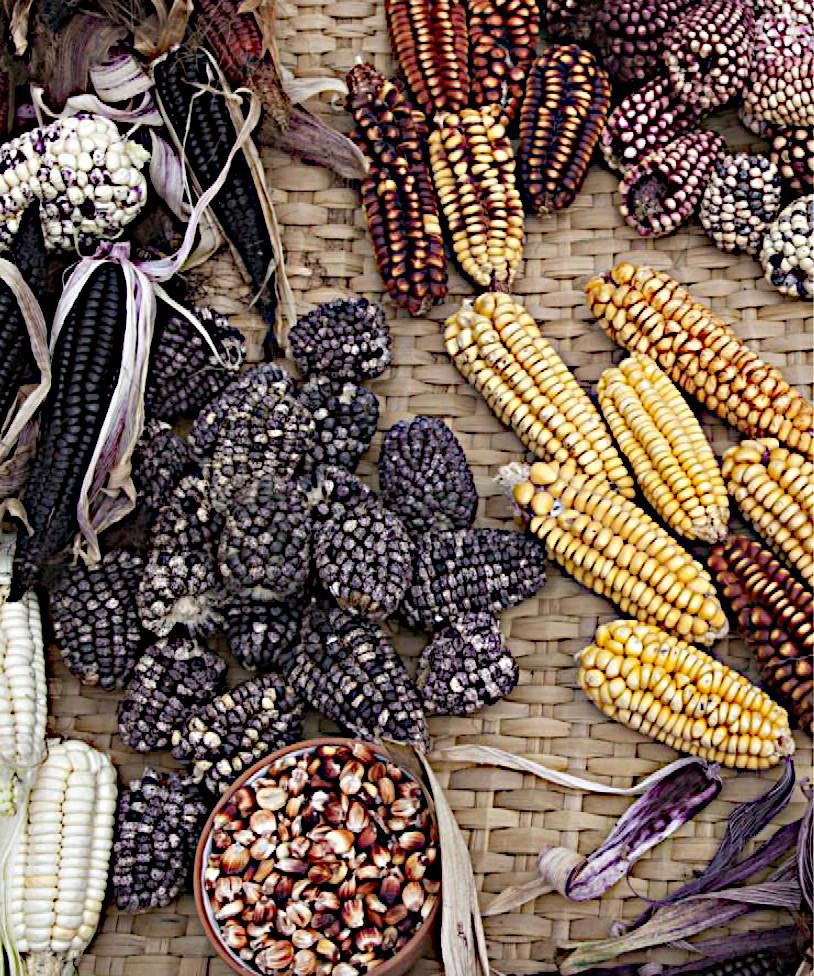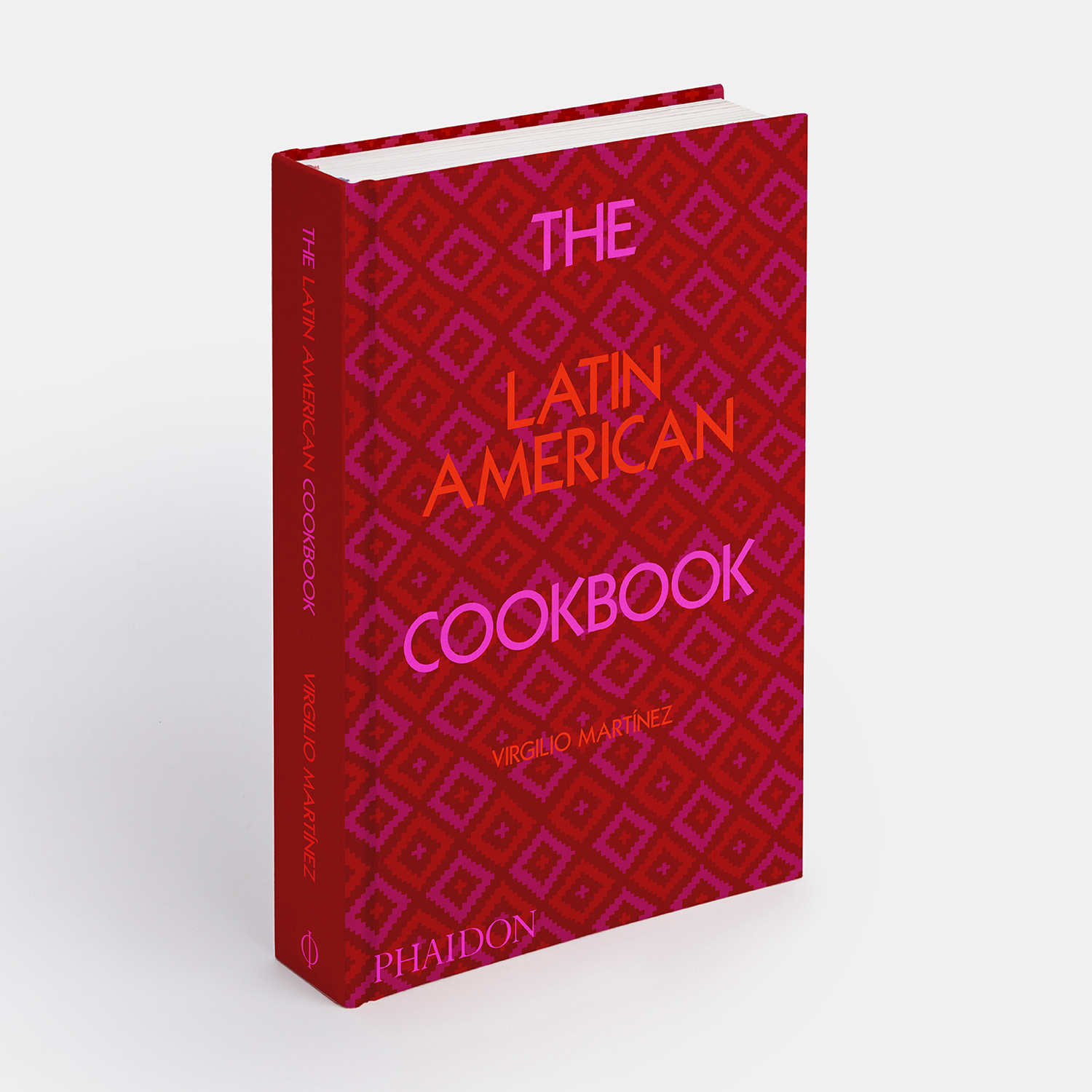
The ancient civilisations in the Latin American Cookbook
Our new overview of Latin American cuisines looks back at the pre-Columbian elements
In the past Latin American chefs looked across the Atlantic with envy. “For so many years, we viewed the sophistication of French and Italian food with admiration, feeling perhaps that the gap between European and Latin American cuisines was too great to overcome,” writes the chef and author Virgilio Martínez in his introduction to The Latin American Cookbook. “But over time, we learned to appreciate the luxury in our own native foods and culinary traditions, and to appreciate the artisans who make them a reality.”
After all, it was the ancient artisans of Latin America who first domesticated, harvested, cooked and ate such familiar worldwide culinary staples as potatoes, maize and tomatoes.
As our new book explains, potato tubers were first domesticated around Lake Titicaca in Peru around 8,000 years ago. “Once wild and bitter and the size of a coin, they have been bred to be larger, survive in different climates, and have greater intensity of color and nutrients, not to mention be more flavorful. Freeze-dried in the frigid night air, they could be stored for years at a time, allowing Inca armies to march across the continent.”
The story behind corn or maize is a similar one. This crop was first domesticated by ancient indigenous groups in southern Mexico between 7,500 and 12,000 years ago. “From Mexico, maize cultivation spread north and south to the far reaches of the continent,” the text in our new book explains. “With each culture that the crop came into contact with, new uses developed. In rural areas, it is eaten three times a day. Corn is part of Mayan creation myths, and Inca armies carried toasted kernels with them as they marched across the Andes.”

Those ancient civilizations may have crumbled, but remnants of their culinary past lives on, in foods and drinks such as chicha de jora, or corn beer (top), which is popular in Bolivia, Colombia and Ecuador.
“When a house in the Andes has chicha de jora for sale, a stick with a plastic bag, usually red or white depending on the location, is hung outside like a flag pole,” explains our new book, “Inside, the sour, low-alcohol corn beer is sold in half-liter glasses, sometimes sweetened with fruits, such as strawberries, called a frutillada
“Chicha has been a staple drink in the Andes for more than a thousand years and the significance to Andean culture should not be understated,” the text goes on. “Recipes for chicha de jora vary considerably from every chichera, or chicha maker. In its basic form it is a milky, pale orange color with a sour taste, a bit like cider, though its strength can vary.”
You can make it at home with 3lb (1.4 kg) of jora (dent) ears of corn; 2lb (900 g) of pearl barley; 21 cups/10 1/2 pints (5 litres) of water; and one cup/7 oz (200 g) of panela sugar (you can use muscovado).
Cut the corn kernels off the cobs and soak in water overnight. The next day, drain and rinse the corn well. Place a clean towel in a cool spot and spread the corn on it, then cover with another clean towel. Leave for 2 days to germinate. Once the corn kernels have sprouted, spread them on another clean tea towel in a sunny place for them to dry for 2–3 days. When dry, coarsely grind the corn.
Toast the barley in a dry frying pan for five minutes over medium heat. Bring 8 1/2 cups (4 1/4 pints [2 litres]) of the water to a boil in a large pan. Tip the corn and barley into the water and simmer, uncovered, for an hour or until the water has reduced by half, stirring frequently so it doesn’t thicken.
Add the remaining water and simmer for a further hour over low heat. Remove from the heat and let cool. Once cooled, stir in the sugar. Strain into a jar and cover with a clean tea towel or into an earthenware pot with a lid. Let the liquid ferment for a minimum of 3 days, stirring it once a day. When it starts foaming, it’s ready.
To get a more fulsome recipe, as well as much more besides, order a copy of The Latin American Cookbook here.
